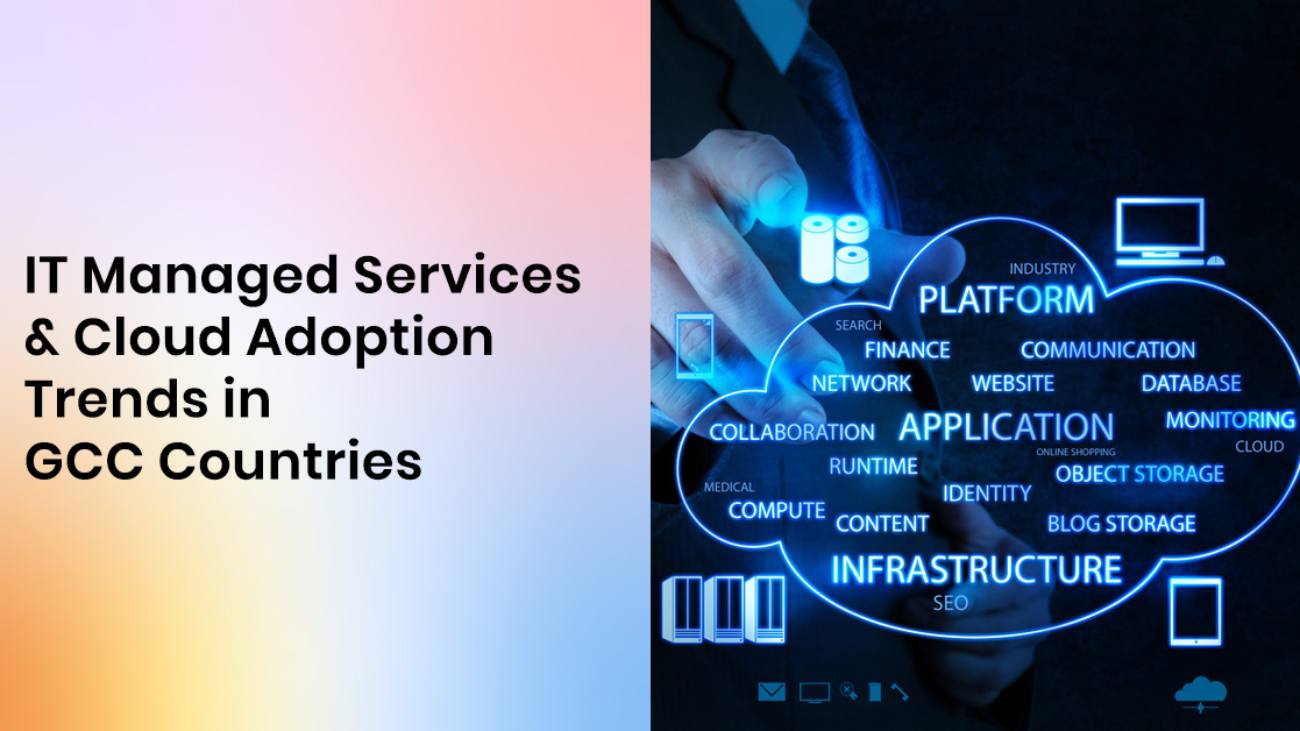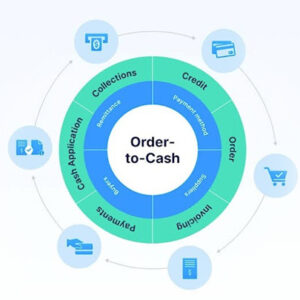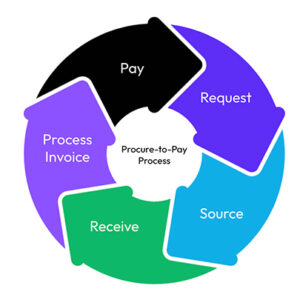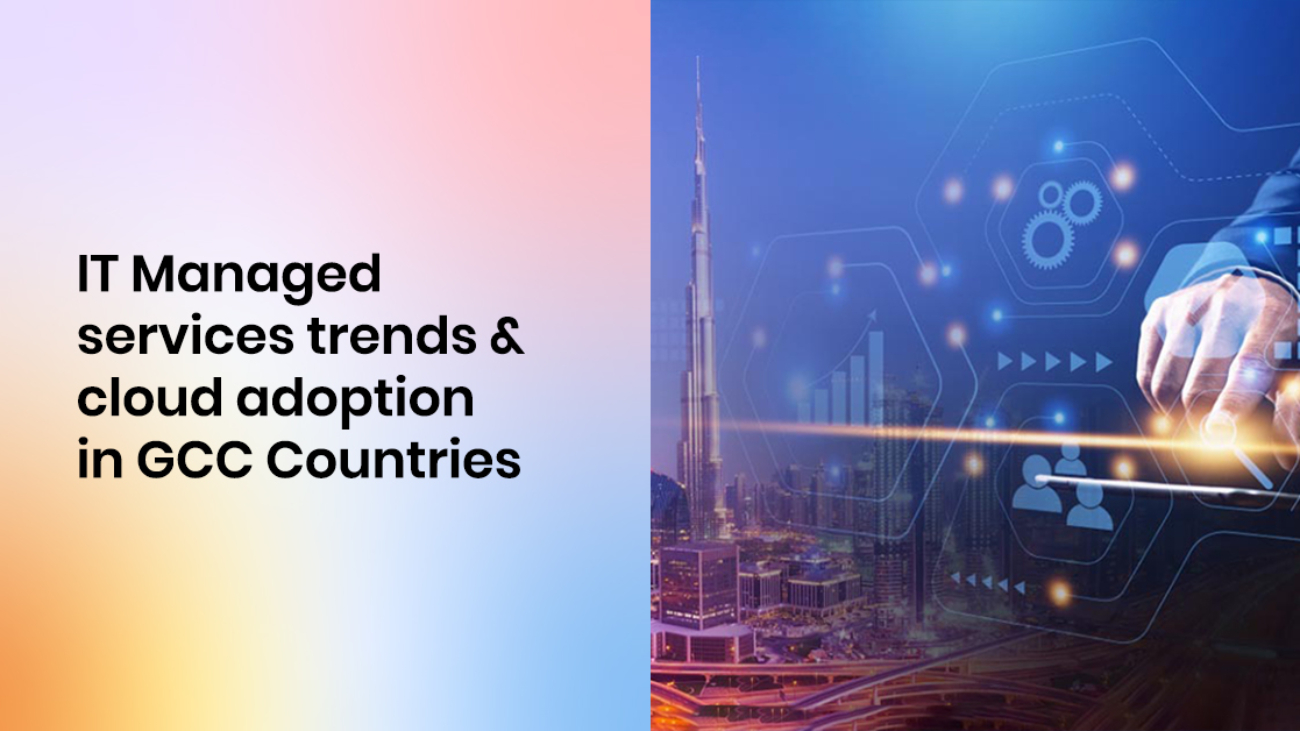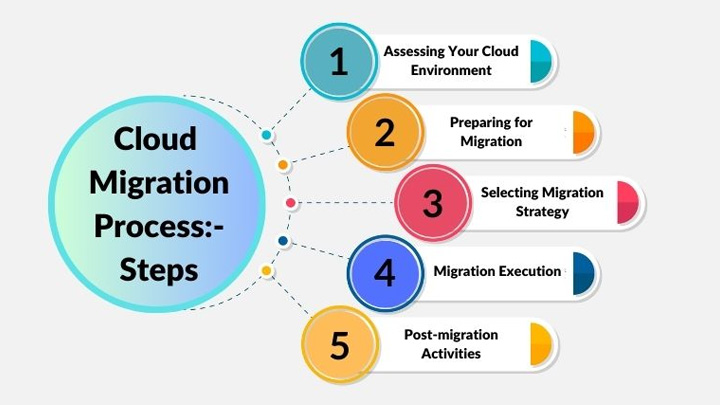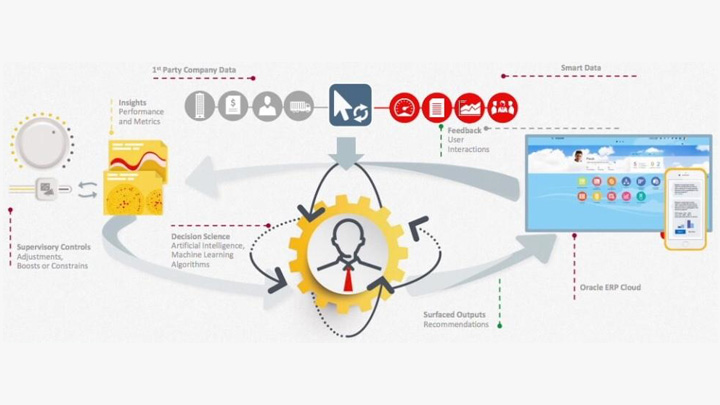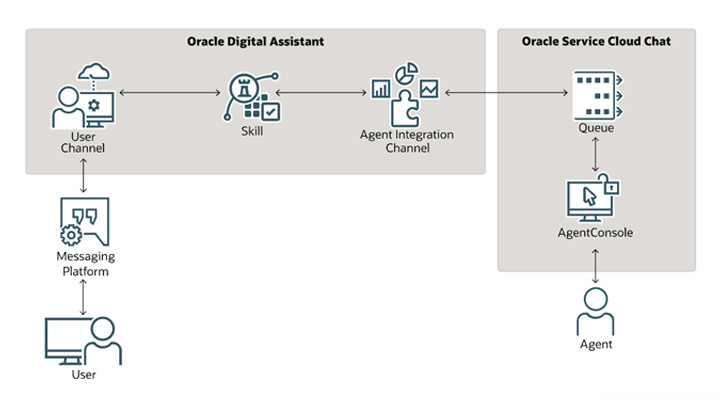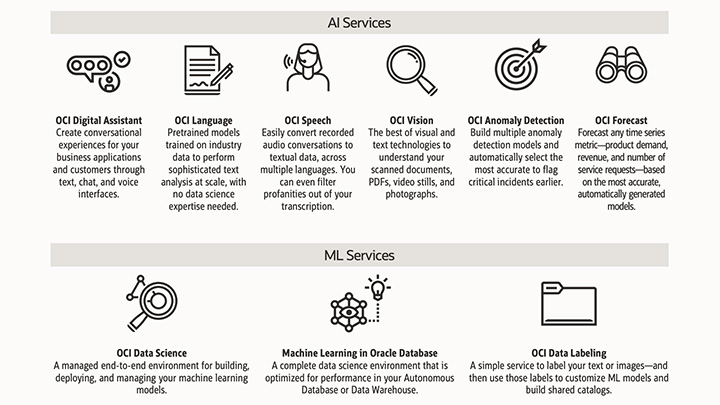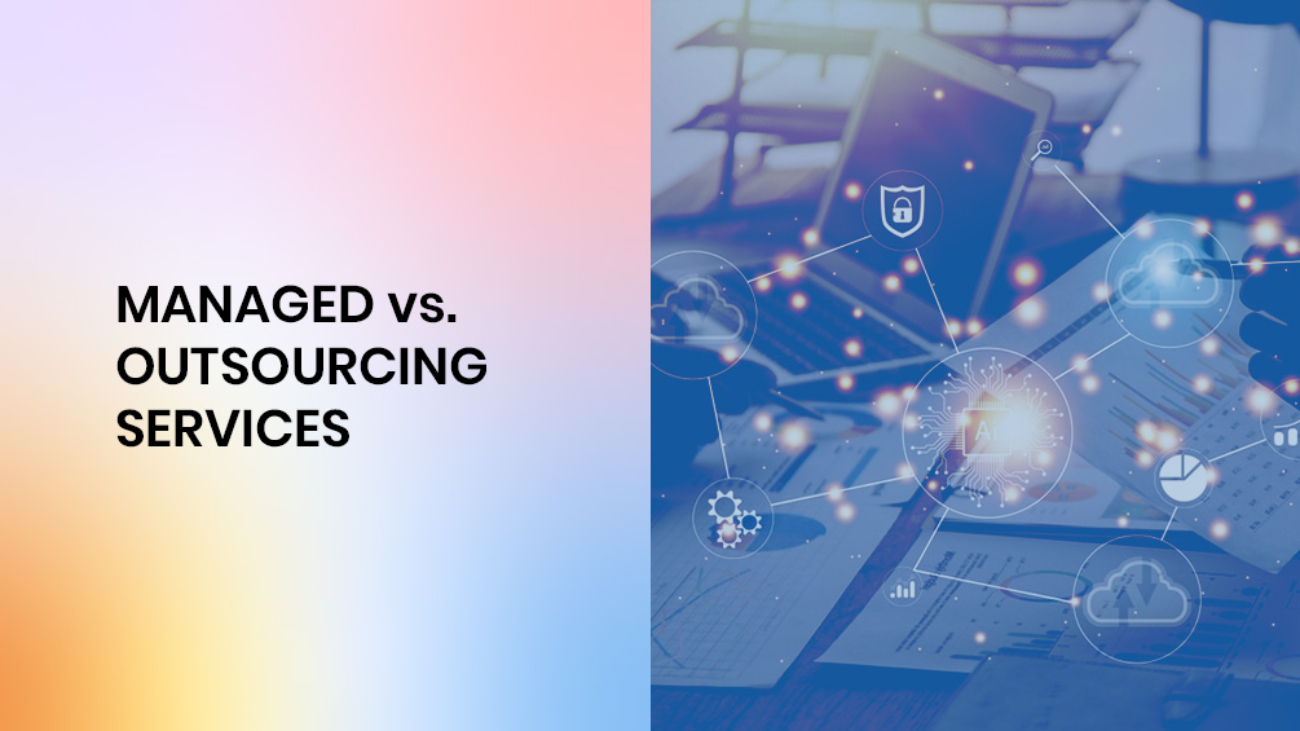Today, we delve into the dynamic landscape of IT Managed Services and Cloud Adoption in the GCC countries, backed by concrete statistics that underscore the evolving technological narrative.
Introduction
The GCC region, encompassing economic powerhouses such as Saudi Arabia, the United Arab Emirates (UAE), Qatar, Kuwait, Bahrain, and Oman, has emerged as a crucible for innovation in recent years. Fueled by a confluence of factors including a robust economy, visionary leadership, and a burgeoning tech-savvy population, the GCC has become a hotbed for growth in the IT sector. At the heart of this expansion is the relentless adoption of cloud technologies and the pursuit of digital transformation initiatives. The GCC countries’ strategic investments in technology infrastructure and a supportive regulatory environment have paved the way for remarkable developments in the IT sector.
Statistics
According to a report by Market Research Future, the GCC Cloud Computing market, valued at $5.65 billion in 2020, is projected to grow at a commendable CAGR of 14.3% from 2021 to 2028, highlighting the region’s commitment to embracing cutting-edge technologies.
1. IT Managed Services Trends:
Elevating Operational Resilience! Recent studies reveal a compelling 55% reduction in IT-related downtime for businesses leveraging Managed Services in GCC countries. This strategic shift not only fortifies system stability but significantly augments overall operational continuity.
2. Cloud Adoption in GCC Countries:
Over 70% of businesses in these countries have migrated a significant portion of their operations to the cloud. This robust adoption ensures heightened data accessibility and fortified security frameworks.
3. Strategic Imperatives:
Strategic alignment yields tangible benefits – a 35% surge in overall operational efficiency and a notable 45% improvement in interdepartmental collaboration. Beyond technology, it’s about cultivating an environment conducive to heightened workflow efficacy.
4. Implementation Strategies:
For those poised for advancement, initiation begins with an exploration of Managed Services to mitigate technological disruptions. Subsequently, orchestrating a seamless transition to the cloud fosters real-time collaboration and secure data storage. These measures, as evidenced by numerical insights, constitute a transformative imperative.
Conclusion
The GCC region is undergoing a Dynamic Transformation in IT Managed Services landscape, with cloud adoption emerging as a pivotal force driving transformation initiatives. To assist Organizations in adopting these trends, ECS offers comprehensive Managed Services Offerings across Oracle (EBS & Fusion) and Salesforce domains.

